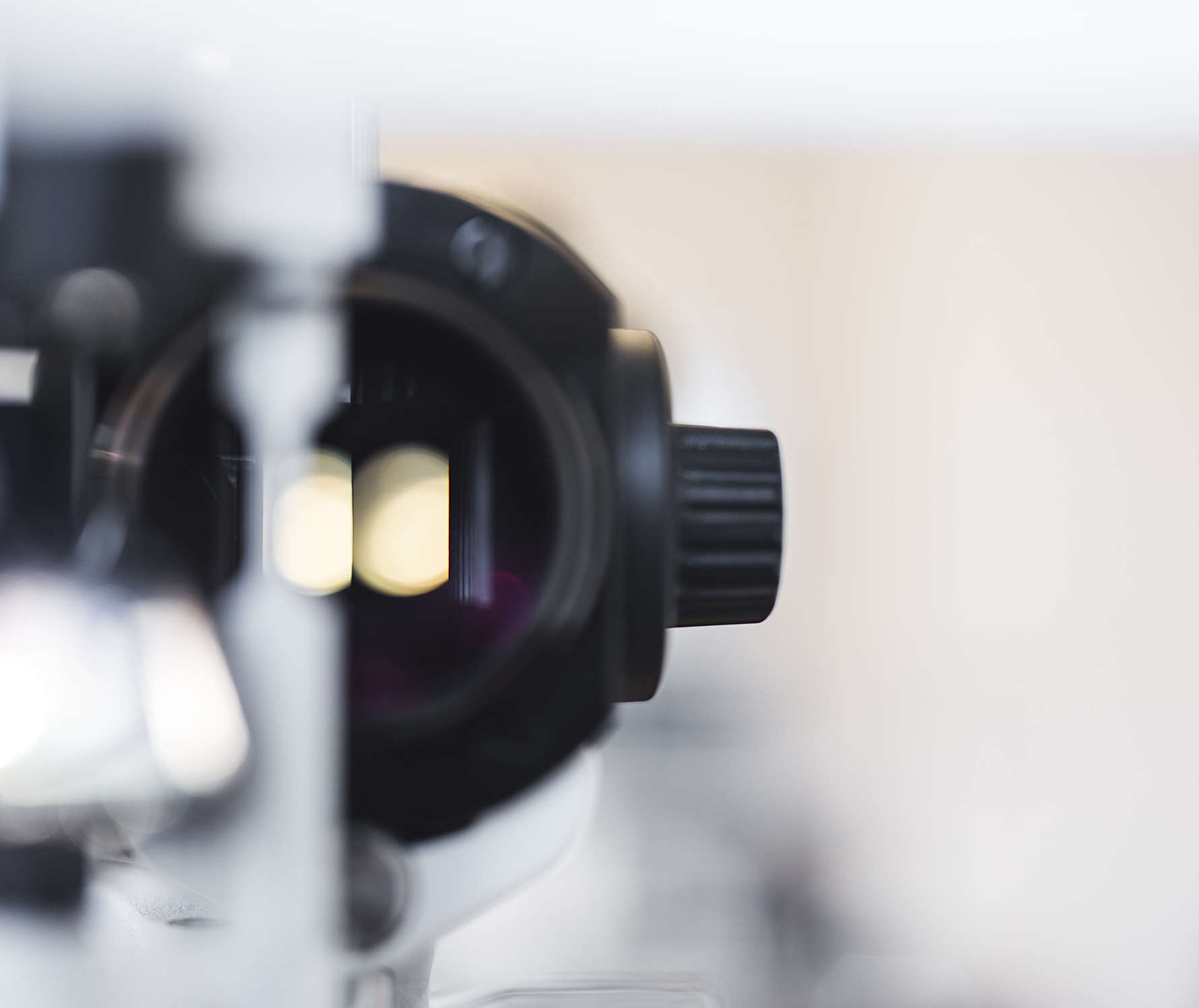

What is ametropia?
Ametropia basically means an abnormal refractive condition of the eye in which images fail to focus upon the retina, as in the following:
- myopie
short-sightedness = near vision is better - hyperopie
long-sightedness = distant vision is better - astigmatism
a type of refractive error in which the eye fails to focus light evenly on the retina, double contours occur, the most common reason is an irregular curvature of the eye’s cornea - presbyopia
age-related loss of the eyes’ ability to focus on nearby objects
What symptoms occur with ametropia?
Nearly everyone has some kind of ametropia in the course of their lives: either they have trouble seeing sharply in the distance, or they have difficulty reading when they are older—they can no longer focus at close range because the elasticity of their own lenses is weakening.
The symptoms become somewhat more specific in the context of astigmatism: when you look at a dot, for example, it appears in the eye not as a dot but as a line. This means, for example, when you look at letters with one eye, you see them slightly double, with a contour appearing next to them—this leads to problems when reading or using a computer.
What causes ametropia?
The causes have to do with the anatomy of the eye, i.e. the eyeball is either too long or too short. The functional condition of the eye also needs to be examined: the eyes, in other words the lenses or muscle, are often strained and thus alter vision.
How is ametropia treated?
It is corrected by glasses, contact lenses, or other vision aids. We can also achieve a lot with functional eye training: within minutes, visual acuity can be changed by influencing the structures involved—so ametropia is by no means a static condition.
I also specialise in the surgical correction of ametropia—both by laser and the implant of special lenses (for example multifocal intraocular lenses or lenses for the correction of astigmatism).

